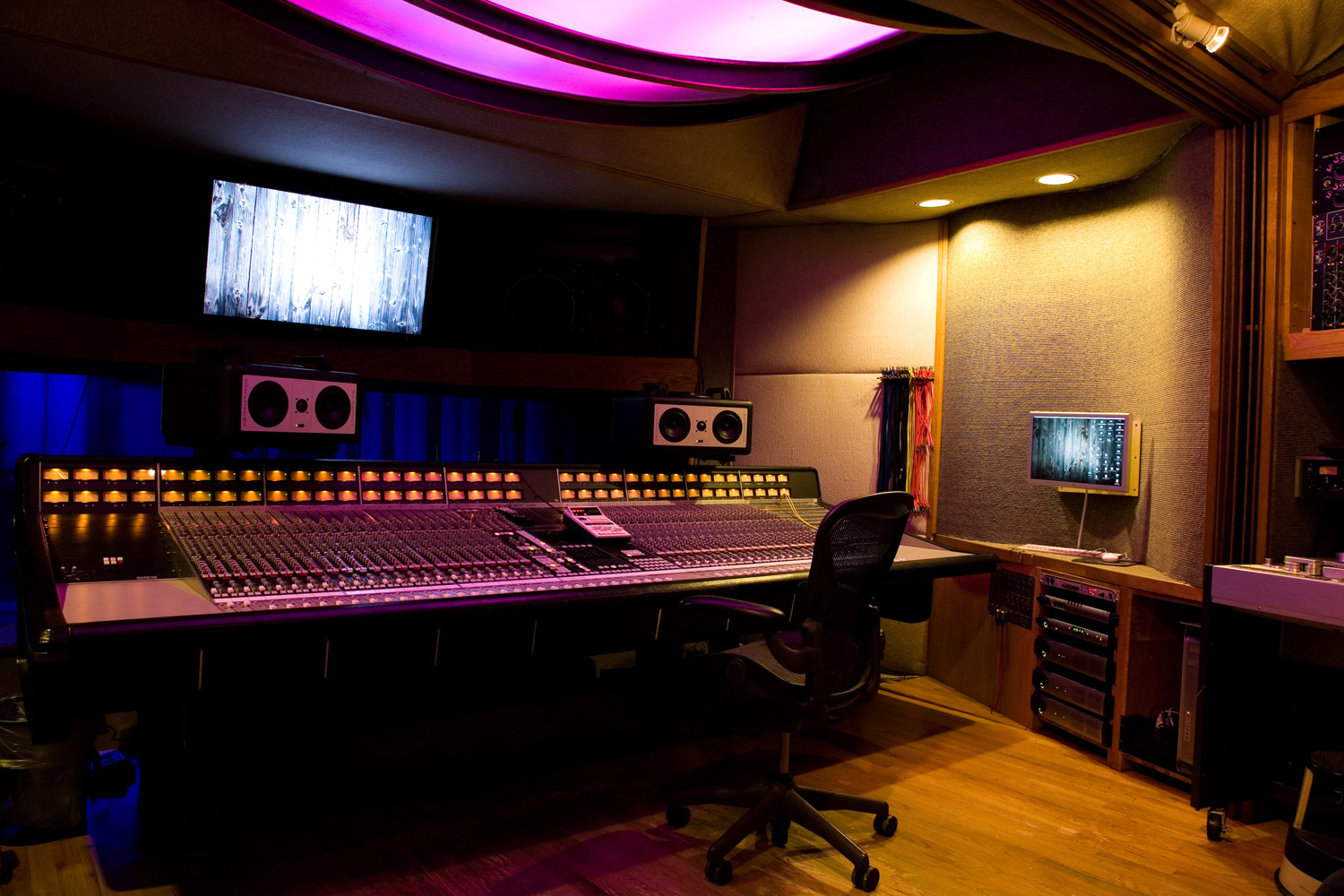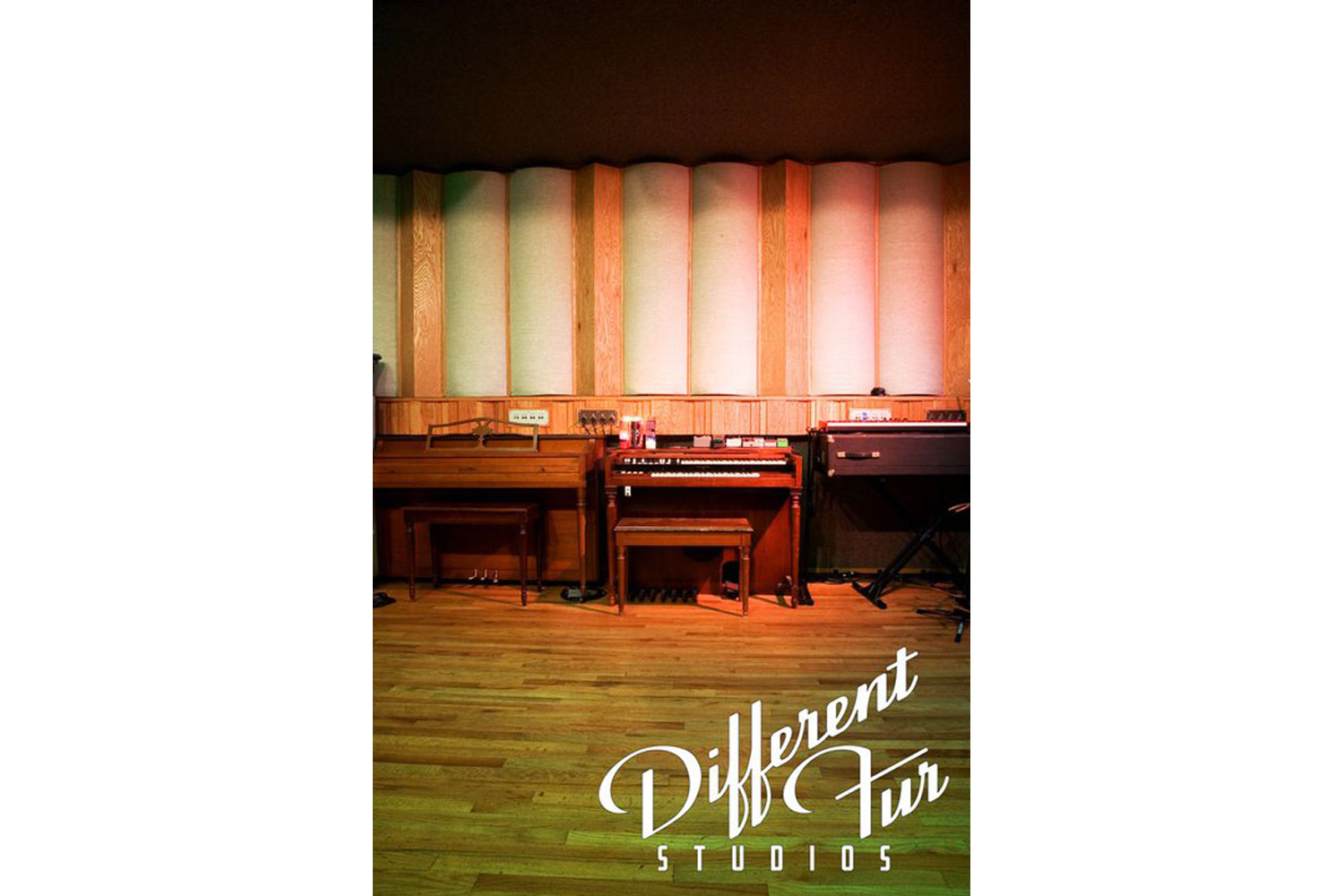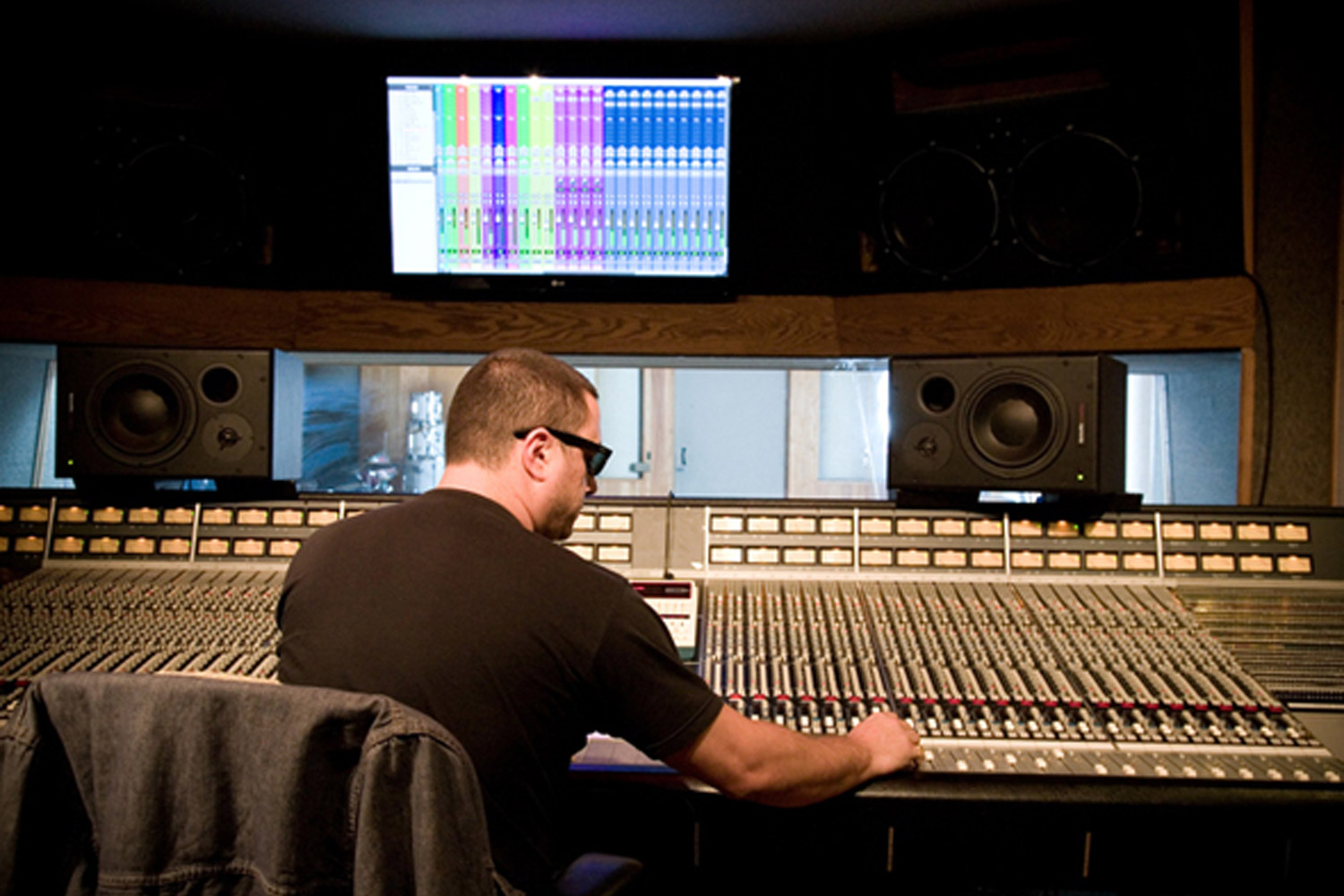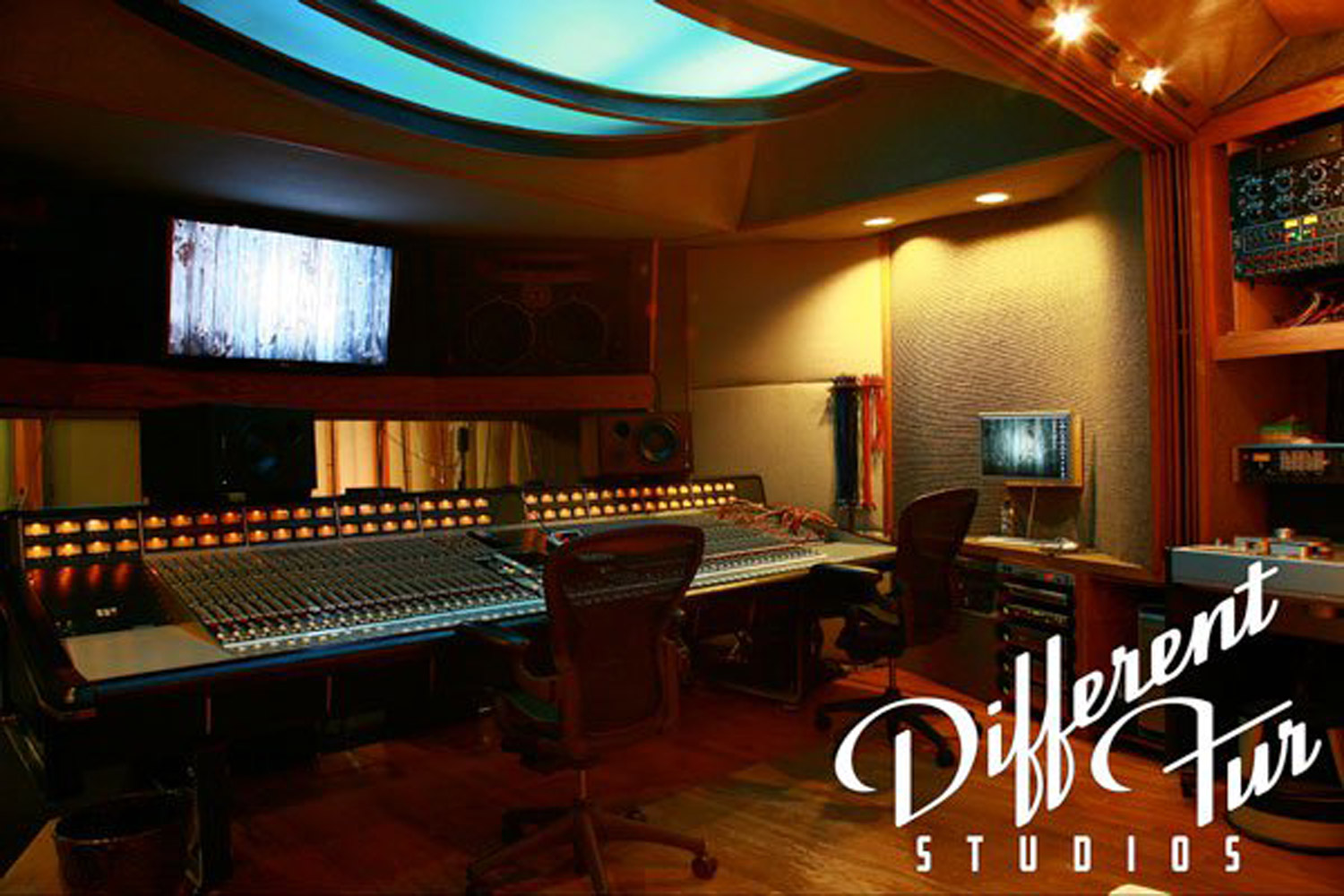Project Description
Overview
They say location is everything. For San Francisco-based Different Fur Studios, which has remained stationed in the city’s Mission District for over four decades, it certainly hasn’t hurt. The Mission District is now considered by many to be the epicenter of creativity in San Francisco, and Different Fur Studios has literally watched the surrounding neighborhood evolve over time. All the while, the studio has opened its doors to an enormous range of musicians representing just about every conceivable genre of music. Different Fur Studios has hosted artists including Herbie Hancock, Bobby Brown, Brian Eno, Jonathan Richman, Kronos Quartet and so many others.
Patrick Brown, the studio’s fourth and current owner, joined the facility as an intern eight years ago. During his tutelage as owner — which began four years ago —Brown has implemented many important changes that have helped the studio maintain the vibe of its rich past while providing the technical and aesthetic amenities necessary to help propel Different Fur Studios into the future.
When he first joined as an intern, the studio had experienced something of a low spot in overall awareness: “When I started here, a lot of people thought we were closed,” Brown recalls. “You would hear things like, ‘Oh, I thought that place closed down!’ It was a little disconcerting.” Now that’s all changed and Different Fur is in a much better place. “We are hitting this point that has been a goal for us for a long time and we have done a lot of upgrades on the studio,” Brown observes. “It has taken a lot of work getting the word out, but for the most part, we are succeeding keeping the history of the place while creating our own history.”
Originally owned by Patrick Gleeson — a synthesizer artist who collaborated on a regular basis with people like Herbie Hancock — the studio was originally an attraction not only because of its collection of huge modular synthesizers, but also Gleeson’s sheer talent. In 1979, John Storyk — who had designed Jimi Hendrix’ Electric Lady Studios roughly a decade earlier — came in and updated the facility with a lasting acoustic design that would resonate with clients all the way to the present day.
Perhaps one reason the studio has been successful for so many years is because of its ability to adapt to different musical styles: “The sound is really great and very versatile,” explains Brown. “The room was built to be medium dry, but there was a lot of wood used in the construction, which creates a pleasing resonance. You can get a big drum sound, and do vocals in the middle of the room without baffles.”
Design and Acoustics
The control room, which measures a relatively snug 15’ x 20’, is an odd shape and ‘well tuned,” says Brown. It is joined by a medium-sized live room that measures approximately 30’ x 30’, with an adjacent 3’ x 10′ isolation booth. Brown says that the room has a “’70s retro-futuristic’ appearance, a look that has been exaggerated even more by the new color-adjustable LED lights that are now diffused through the huge curved Plexiglas panels that adorn the ceilings.
When Brown became owner of Different Fur four years ago, he made several important updates to both the technical infrastructure as well as its client amenities. First, he replaced the 2” tape machine from a broken Studer A800 MkIII to a new A827, and expanded the Pro Tools HD3 rig from 24 channels to 32. Additionally, he had the control room completely rewired and reassembled the racks in the walls so they would be eye level. In addition to adding LED lights throughout the facility – which significantly reduced overall power consumption — he also had Different Fur Studios’s SSL 4056 E/G console completely overhauled with custom LED lighting.
“The lights in the console not only waste power, but make it run hotter and then they burn out,” Brown says. “Now we are using less power, and they don’t blow!” He is more than happy to reinvest in his classic SSL: “There is a sound to that console that is recognizable. Specifically, there is an aggressiveness and clarity there that you just don’t get in other consoles. This is great for us and makes us more versatile in the sounds we can get,” Brown says. The SSL is complemented by plenty of outboard preamps from Aurora Audio, Shadow Hills Industries and other manufacturers.
Some of the updates Brown initiated were less expensive, and perhaps more obvious: “A lot of the work we did was just cleanup and making it comfortable for clients, so they wouldn’t have to go climbing through cables or breathe in any dust bunnies,” he says. “Among the more unique client amenities Different Fur Studios is now able to offer is a sauna, which was located on the second floor: “It was being used as a storage closet, and we thought, ‘Why is this going to waste? This is an amenity!’
“You’d be surprised how far just basic amenities and aesthetics can go in pleasing clients,” Brown continues. “Also, having people walk in to realize that there is not going to be a crisis during a session is very important. For example, when I started here, a headphone amp blew up in the middle of a session. I immediately replaced the entire headphone set up myself, while I was intern.” Brown says the entire staff shares this level of passion in serving its clients.
Now as a studio that is clearly on the map and busier than ever, Different Fur continues to evolve as a studio with a strong heritage and a bright future: “It makes more sense to keep something alive rather than rebuilding it from scratch,” Brown concludes. “It’s really sad to see big studios close when they could be preserved, while people are putting a lot of money into new studios that don’t need to exist. It makes more sense to keep these great old studios alive rather than rebuilding them all.”





